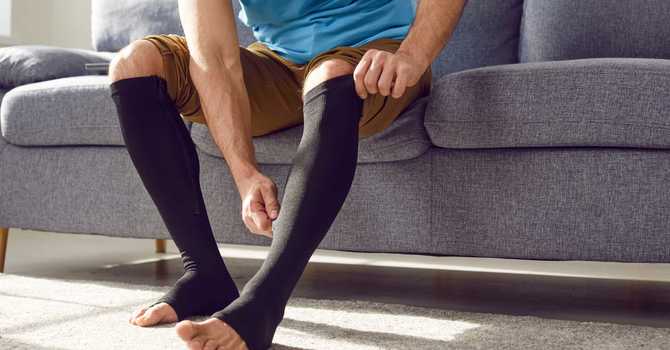
Diastasis recti (DRA) is a common conidition where the rectus abdominis muscle separates, most commonly during pregnancy and seen most prominently in the postpartum period. DRA is common and will show in most postpartum bodies, but what you want to assess is the width and depth of the separation after certain periods of birth. Only a very wide degree of separation is considered pathological.
The most common question we get asked if what can be done to avoid it?
The real answer is not much - you will probably have one postpartum. BUT, what we can do is minimize some activities that tend to increase the amount of outward pressure we are placing on the abdominal wall.
Some quick and easy check-ins:
1. Minimize flexion (bending motions) particularly if you notice a "coning" effect happening around your belly button.
2. Exercise regularly: Regular exercise can help keep your abdominal muscles strong and prevent them from separating too much during pregnancy. Consult with your doctor or a prenatal fitness specialist for safe exercises (not sit-ups or crunches for core strength...there are loads of better options during the pregnancy for safe and effective strengthening).
3. Use proper posture: Proper posture can reduce the strain on your abdominal muscles during pregnancy. Avoid slouching or hunching over, and try to keep your pelvis tilted forward.
5. Use support belt: Wearing a support belt can provide additional support to the abdominal muscles and help prevent them from separating too much. I am not a big of support belts with the exception of a few situations during pregnancy. Keep in mind that belts give you support when needed, but you want to naturally strengthen those muscles so you are ready to use them during labor and delivery.
6. Don't do crunches and sit-ups: Crunches can put too much stress on your abdominal muscles and make diastasis recti worse. Avoid doing crunches and other exercises that involve lifting your head and shoulders off the ground. The goal is to keep the torso in on plane while bracing and strengthening the exercises while maintaining good intra-abdominal pressure. (See previous blog post on intra-abdominal pressure here).7. Practice safe lifting techniques: Proper lifting techniques can help prevent diastasis recti during pregnancy. Always lift with your legs in a squat position, not your back, and avoid twisting your body while lifting.
Contact Dr. Ali Perez at Bethesda Chiropractic & Rehab today for more information at 301-841-0975 or via email at info@bethesdachiroandrehab.com. Or book directly on our website!
Dr. Ali Perez
Contact Me


